Feeding pet snakes is a topic that generates both fascination and debate among reptile enthusiasts and animal welfare advocates alike. Snake owners face numerous decisions regarding their pets’ diets, from choosing between live and pre-killed prey to considering the nutritional needs of different species. Beyond the practical aspects of keeping a snake well-nourished lies an ethical dimension that deserves careful consideration. This article explores the complexities of snake feeding practices, examining traditional approaches, modern alternatives, and the moral questions that arise when one animal must consume another to survive. Whether you’re a new snake owner or a seasoned herpetoculturist, understanding these nuances will help you make informed decisions about how to feed your scaly companion responsibly and ethically.
Understanding Natural Snake Diets in the Wild
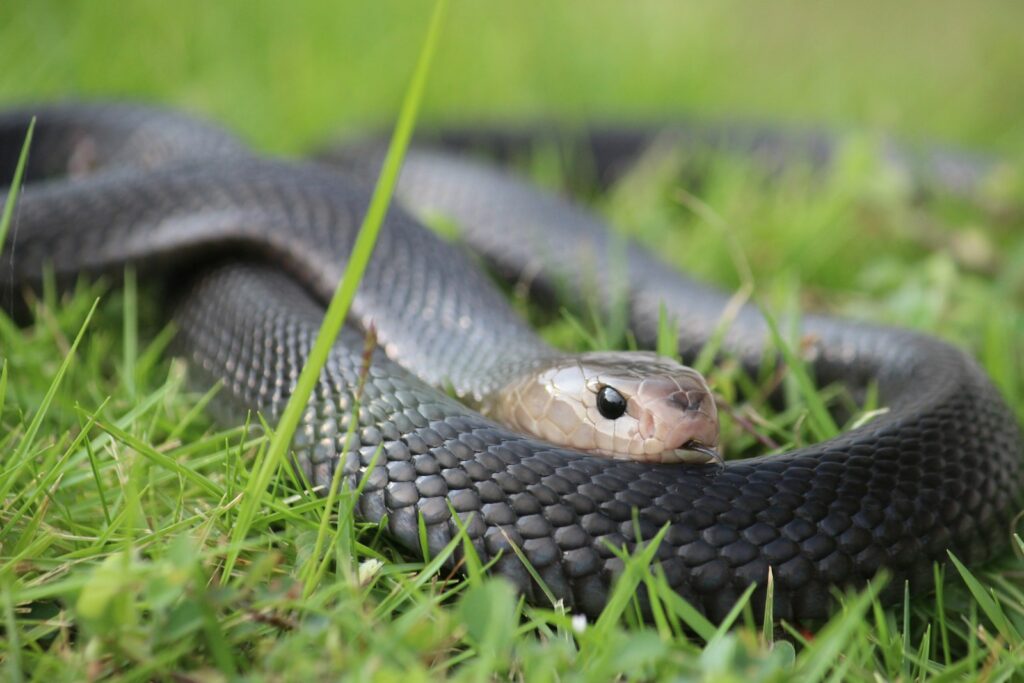
In their natural habitats, snakes are efficient predators with feeding habits that have evolved over millions of years to suit their environmental niches. Most snake species are carnivorous, consuming whole prey animals ranging from insects and amphibians to mammals, birds, and even other reptiles. Diet specialization is common, with some species like the African egg-eating snake (Dasypeltis) having evolved to consume only bird eggs, while others like the king cobra primarily prey on other snakes. The hunting strategies vary dramatically between species, with some being ambush predators that strike from concealed positions, while others actively forage for their meals. These natural feeding patterns inform how we should approach feeding captive snakes, though ethical considerations and practical limitations necessarily modify these approaches in domestic settings.
Nutritional Requirements of Captive Snakes
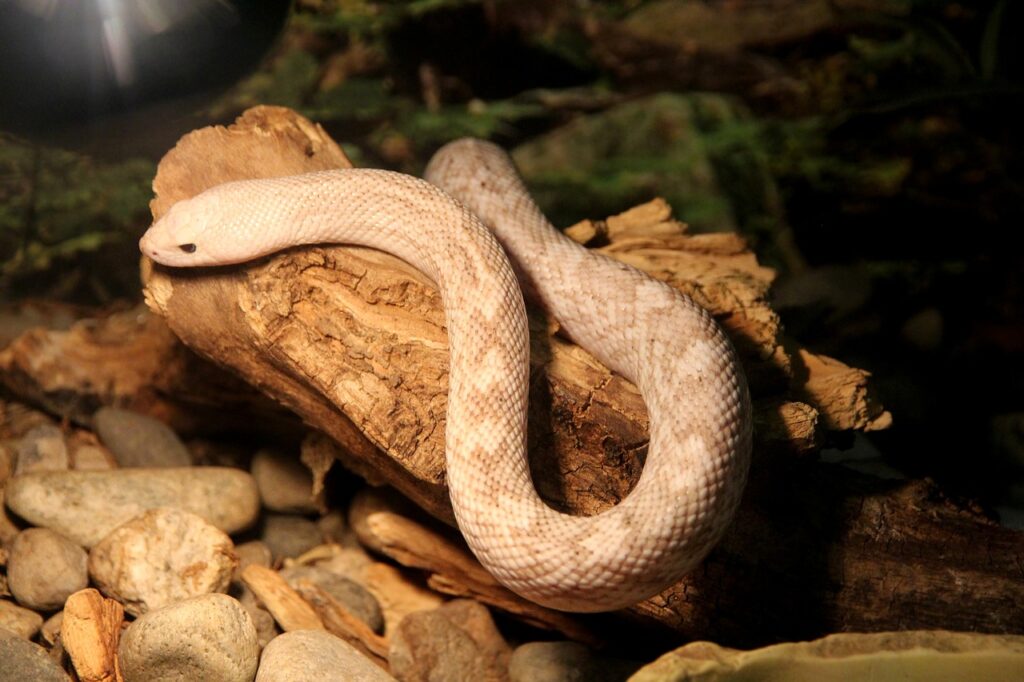
Captive snakes require diets that closely mimic what they would consume in the wild to maintain optimal health. The primary nutritional needs include protein, fat, vitamins, and minerals, all of which are naturally contained within whole prey items. Unlike mammals, snakes don’t require daily feeding, with most adult specimens eating once every 1-2 weeks, while growing juveniles may need food more frequently. The prey size is crucial – most snakes should be fed items that create a noticeable bulge in their mid-section but aren’t so large they cause distress or regurgitation. Nutritional deficiencies in captive snakes often manifest as abnormal shedding, reduced growth rates, or reproductive issues. A properly balanced diet is essential for preventing metabolic bone disease, obesity, and other health complications that can significantly reduce a snake’s quality of life and longevity.
The Live Feeding Controversy
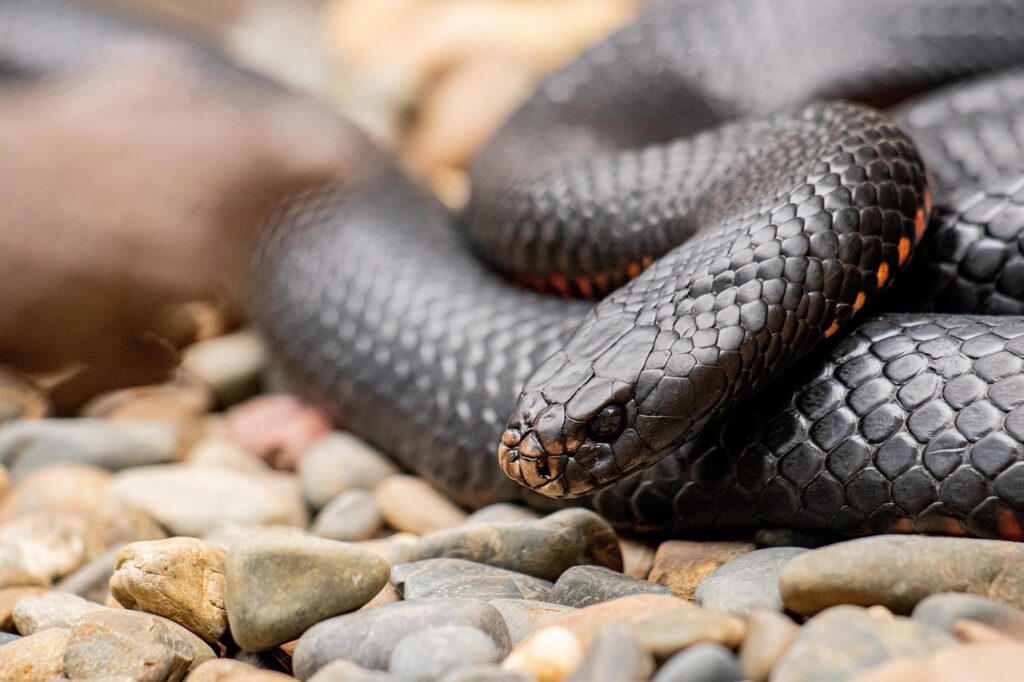
Live feeding remains one of the most contentious practices in snake keeping, with passionate advocates on both sides of the debate. Proponents argue that live prey stimulates natural hunting behaviors and may be necessary for snakes that refuse pre-killed food. They point to the evolutionary adaptations snakes have developed specifically for hunting live prey. However, significant ethical and practical concerns exist with this method. Live prey animals can seriously injure snakes through defensive bites and scratches, particularly when left unattended in enclosures. The stress and suffering experienced by prey animals raises serious animal welfare concerns, as rodents and other prey experience fear and pain during the hunting process. Additionally, in many regions, laws and regulations increasingly restrict live feeding practices, reflecting changing societal attitudes toward animal suffering in captive contexts.
Frozen-Thawed Feeding: The Modern Standard
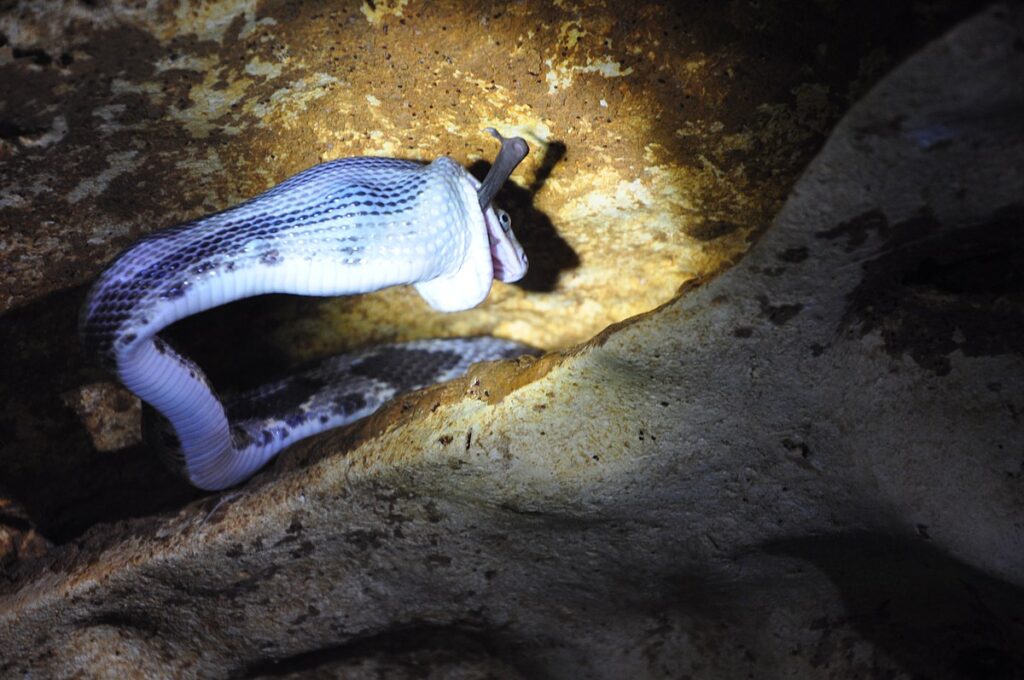
Frozen-thawed feeding has become the gold standard among responsible reptile keepers and is strongly endorsed by veterinarians and herpetological organizations worldwide. This method involves purchasing humanely pre-killed prey that has been frozen for storage, then properly thawed before offering it to the snake. The advantages are numerous and compelling: frozen prey eliminates the risk of injury to the snake, ensures parasite-free food, and allows owners to maintain a convenient stockpile of appropriately sized food items. From an ethical perspective, pre-killed prey animals typically experience a quicker, more humane death than they would during predation. Most captive-bred snakes readily accept this form of feeding, especially when properly acclimated from a young age. The transition from live to frozen-thawed prey can sometimes be challenging with wild-caught specimens or individuals accustomed to live prey, but various techniques exist to encourage this healthier feeding behavior.
Ethical Sourcing of Feeder Animals
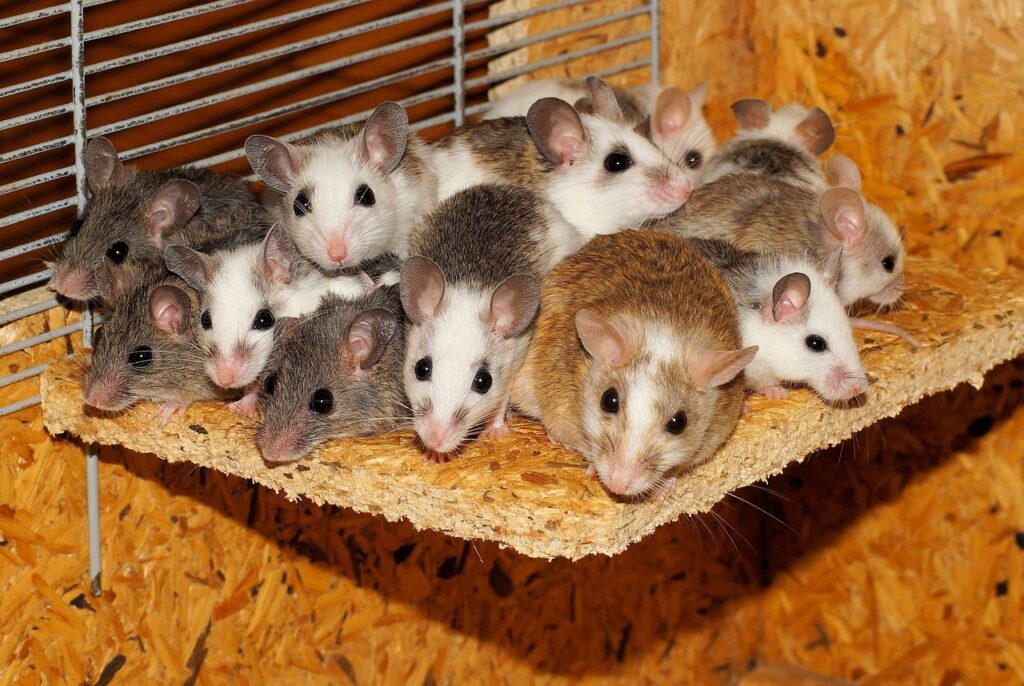
The ethical sourcing of feeder animals represents an often-overlooked aspect of responsible snake keeping. Ethical considerations extend beyond the method of feeding to how prey animals are raised, housed, and euthanized before becoming snake food. Reputable feeder breeders maintain clean facilities with appropriate space, nutrition, and care for rodents and other prey animals throughout their lives. Humane euthanasia methods typically involve carbon dioxide or other techniques that minimize suffering and are conducted according to veterinary guidelines. When purchasing frozen feeders, snake owners should research suppliers to ensure they follow humane practices rather than solely focusing on price. Some keepers even choose to breed their own feeder animals to ensure ethical treatment, though this requires significant knowledge about proper care and euthanasia techniques. The quality of life experienced by feeder animals before they become prey reflects the keeper’s commitment to minimizing suffering across the entire feeding process.
Species-Specific Feeding Considerations
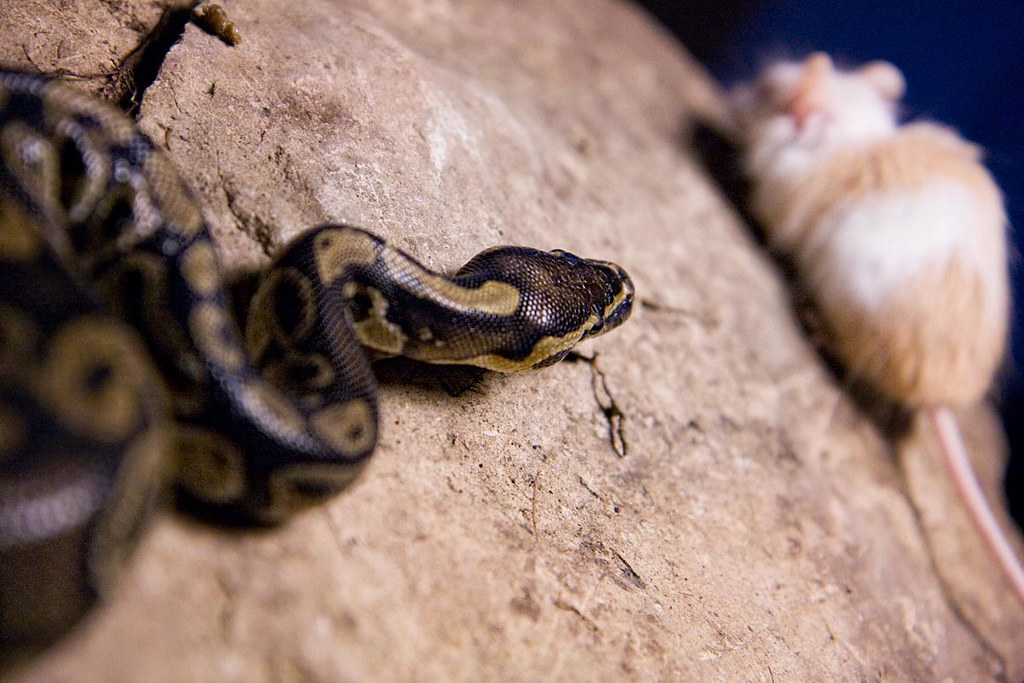
Different snake species have evolved to occupy specific ecological niches, resulting in varied dietary requirements and feeding behaviors that responsible owners must accommodate. Ball pythons, among the most popular pet snakes, typically consume rodents but may experience feeding strikes requiring patient handling and environmental adjustments. Corn snakes readily accept appropriately sized mice throughout their lives, making them relatively straightforward feeders for beginners. More specialized feeders like garter snakes naturally consume amphibians, fish, and worms in the wild, though many captive specimens can be transitioned to a rodent-based diet with patience. Arboreal species such as green tree pythons may require special feeding techniques, with prey items presented at height rather than on the enclosure floor. Water snakes and other aquatic species might prefer fish or amphibians, presenting unique challenges regarding nutrition and supplementation. Understanding these species-specific requirements is essential for maintaining optimal health and preventing feeding refusals that can lead to malnutrition.
Feeding Frequency and Scheduling

Establishing an appropriate feeding schedule is crucial for maintaining a snake’s health while avoiding obesity or malnutrition. Young, growing snakes typically require more frequent feeding—often weekly—to support their rapid development and higher metabolic rates. Adult snakes generally thrive on less frequent meals, with most species doing well on a schedule of every 10-14 days, though larger species like boas and pythons might go 2-3 weeks between feedings. Seasonal variations can affect feeding responses, with many species naturally reducing food intake during winter months or breeding seasons. Overfeeding represents a common mistake among new snake owners, resulting in obesity that can lead to fatty liver disease and reduced lifespan. Responsible keepers maintain detailed feeding records to track consumption patterns and adjust schedules based on the snake’s body condition, activity level, and seasonal behavior changes. Recognizing when to adjust feeding frequency is an important skill that develops with experience and attentive observation.
Alternative Prey Options
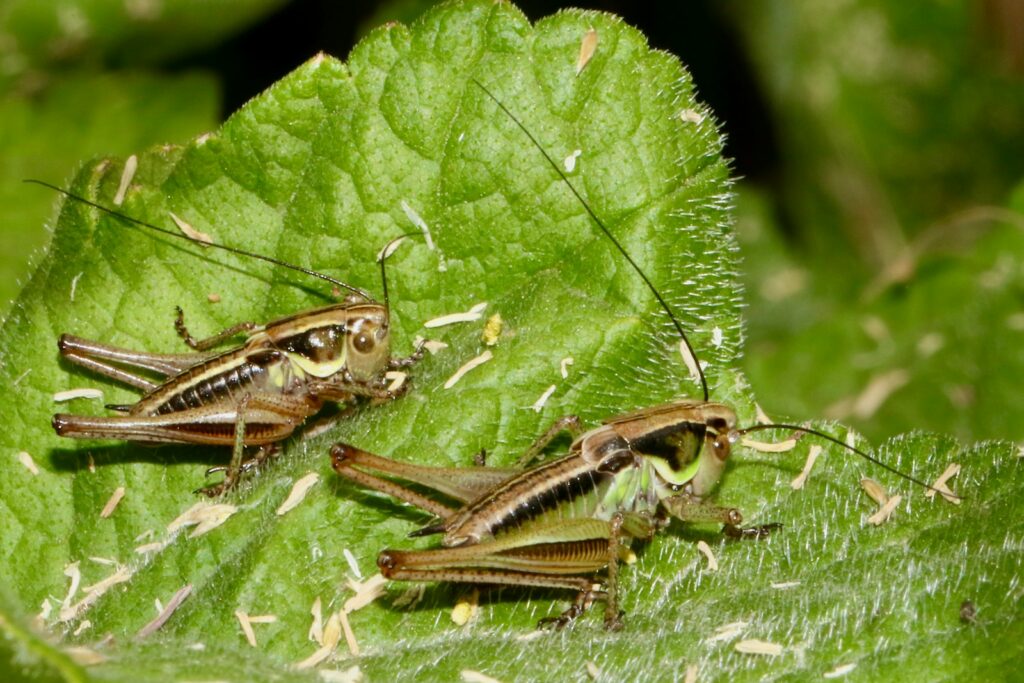
While rodents constitute the primary diet for many commonly kept snake species, alternative prey options can address both ethical concerns and the specialized needs of certain snakes. Quail, chicks, and other commercially available bird species provide excellent nutritional diversity and may be preferred by some snake species that naturally consume avian prey in the wild. Commercially raised insects, including crickets, mealworms, and dubia roaches, serve as appropriate food sources for smaller snake species and juveniles of larger species. For specialized feeders like garter snakes, commercially available fish such as smelt or tilapia chunks can provide appropriate nutrition without the parasites sometimes found in wild-caught fish. Specially formulated commercial snake foods have also emerged in recent years, though these processed options haven’t gained widespread acceptance among experienced keepers. When considering alternative prey, it’s essential to research the nutritional composition and ensure it meets the specific requirements of your snake species while still providing the whole-prey benefits that contribute to complete nutrition.
Addressing Feeding Difficulties
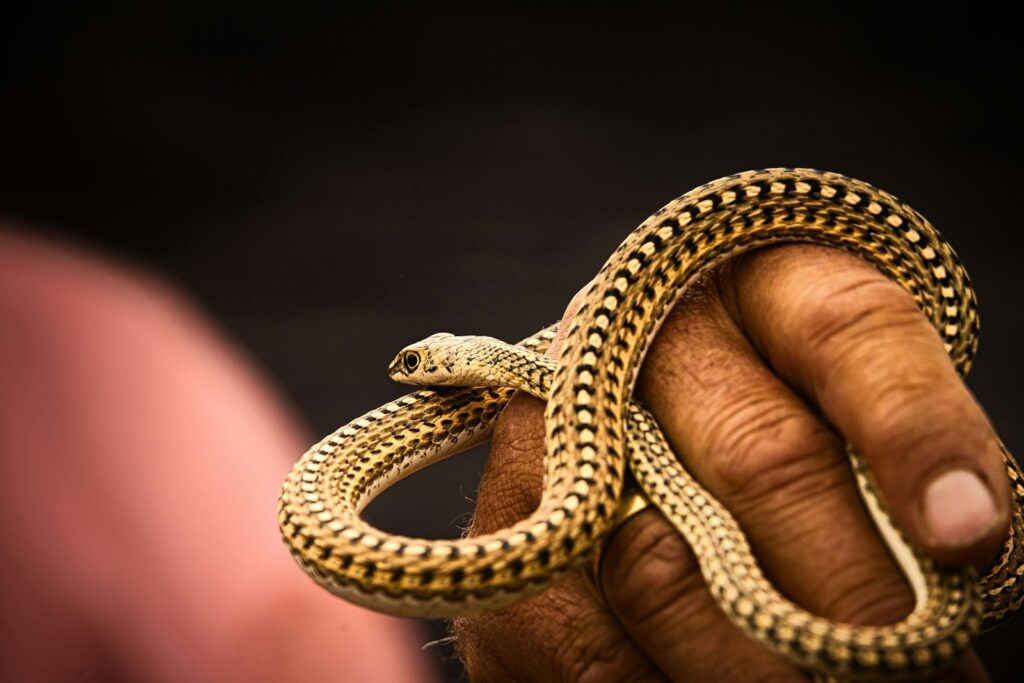
Feeding refusals represent one of the most common and concerning issues snake owners encounter, often requiring patience and creative problem-solving. Stress factors such as improper temperatures, recent handling, enclosure changes, or breeding behavior frequently contribute to temporary feeding strikes. Environmental adjustments like ensuring proper temperature gradients, providing adequate hiding spaces, and minimizing disturbances before and after feeding attempts can encourage reluctant feeders. Prey presentation techniques, including braining (exposing brain material to enhance scent), scenting with more appealing prey, or using feeding tongs to mimic natural movement, often succeed with picky eaters. For persistently problematic feeders, assist-feeding methods such as broth soaking or commercially available appetite stimulants might be employed as a last resort before more invasive veterinary intervention. Experienced keepers recognize that healthy adult snakes can go substantial periods without food—sometimes several months—without serious health consequences, allowing time for natural feeding behaviors to resume.
The Veterinary Perspective on Snake Nutrition

Veterinarians specializing in reptile medicine emphasize the importance of species-appropriate whole-prey diets for optimal snake health. Unlike mammalian pets that thrive on specialized kibble or canned foods, snakes have evolved to extract complete nutrition from consuming entire prey animals, including bones, organs, skin, and digestive contents. This natural feeding approach provides appropriate calcium-phosphorus ratios and essential nutrients without the need for artificial supplementation. Veterinary professionals generally recommend frozen-thawed feeding for safety and welfare reasons, noting the reduced risk of injury and parasite transmission. Common nutritional disorders seen in clinical practice include obesity from overfeeding, vitamin deficiencies from imbalanced diets, and metabolic bone disease resulting from improper calcium intake. Regular veterinary examinations that include weight monitoring and body condition scoring help catch nutritional issues before they become serious health problems. The increasing availability of specialized reptile veterinarians has significantly improved our understanding of optimal snake nutrition and feeding practices.
Cultural and Psychological Aspects of Snake Feeding

The feeding of captive snakes intersects with complex cultural attitudes and psychological responses that influence how different people approach this necessary aspect of snake keeping. Cultural perspectives on snakes and their feeding habits vary dramatically worldwide, from reverence in some traditions to fear and disgust in others. For many new snake owners, overcoming the psychological barrier of handling dead prey animals represents a significant challenge that requires adjustment. The public perception of snake feeding, particularly live feeding, has contributed to negative stereotypes about reptile keepers, sometimes portrayed in media as callous to animal suffering. Educational approaches that emphasize the natural biological needs of snakes while acknowledging ethical considerations help normalize responsible feeding practices. Understanding one’s own psychological comfort level with different feeding methods is important when choosing which snake species to keep, as some require more specialized or potentially uncomfortable feeding regimens than others.
Legal and Regulatory Considerations
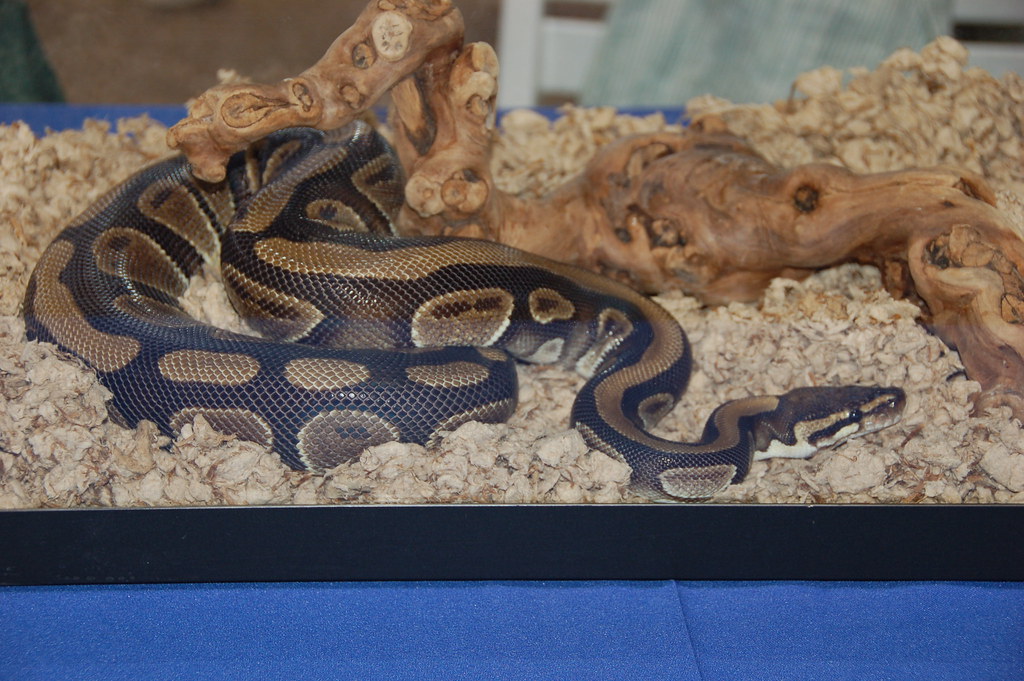
Snake feeding practices increasingly face legal and regulatory scrutiny in many jurisdictions, with implications for how keepers approach this aspect of husbandry. In regions including the United Kingdom, parts of Europe, and some U.S. states, laws specifically restrict or prohibit live feeding except under very limited circumstances, such as when medically necessary and supervised by veterinarians. These regulations stem from animal welfare principles that recognize the suffering of prey animals as legally relevant. Even in areas without specific legislation, animal cruelty laws may be applied to feeding practices deemed unnecessarily cruel, particularly when conducted for entertainment rather than necessity. Professional organizations like the Association of Reptile and Amphibian Veterinarians (ARAV) have established guidelines that recommend frozen-thawed feeding whenever possible, further establishing this as the responsible standard of care. Snake keepers should familiarize themselves with local regulations and understand that public displays of live feeding, especially on social media platforms, may violate both platform policies and local laws.
Educational Approaches to Ethical Feeding

Education plays a vital role in shifting snake feeding practices toward more ethical approaches while maintaining optimal nutrition for captive reptiles. Responsible reptile breeders increasingly emphasize proper feeding techniques to new owners, often starting hatchlings on frozen-thawed prey to establish this preference early. Herpetological societies and reptile expos frequently offer workshops and demonstrations on humane feeding methods, providing hands-on guidance for transitioning difficult feeders to pre-killed prey. Online communities have evolved significantly in recent years, with most reputable forums and social media groups actively discouraging live feeding discussions and instead focusing on ethical alternatives. Veterinary schools have expanded their exotic animal curricula to include more detailed coverage of reptile nutrition, ensuring the next generation of veterinarians can provide evidence-based feeding guidance. Through these educational efforts, the reptile-keeping community continues to advance both the welfare of captive snakes and their prey animals.
The Future of Ethical Snake Feeding

The landscape of snake feeding continues to evolve, with emerging technologies and changing attitudes shaping more ethical approaches. Research into synthetic prey alternatives, including lab-grown tissues that mimic the nutritional profile of whole prey, represents a frontier that could eventually reduce reliance on vertebrate prey animals. Improved humane euthanasia methods for feeder animals continue to develop, focusing on minimizing stress and suffering through refined techniques and better equipment accessibility for small-scale breeders. The growing emphasis on environmental enrichment for feeder colonies demonstrates an expanding ethical concern that considers the quality of life for prey animals before they become food. Reptile-keeping culture increasingly embraces welfare considerations for both predator and prey, moving away from the entertainment aspect of feeding toward a more respectful approach that acknowledges the biological necessity while minimizing suffering. As these trends continue, the ethical standards for snake feeding will likely become more formalized and integrated into the core practices of responsible herpetoculture.
The feeding of captive snakes involves navigating a complex intersection of biological necessities, practical considerations, and ethical responsibilities. While snakes require animal prey to survive, the manner in which we provide this nutrition reflects our values regarding animal welfare. Modern reptile keeping increasingly embraces frozen-thawed feeding as the gold standard—a practice that balances the snake’s nutritional needs with minimized suffering for prey animals and enhanced safety for the snake itself. As both scientific understanding and ethical awareness continue to advance, snake owners have more resources than ever to make informed, compassionate choices about their pets’ diets. By approaching snake feeding with respect for all animals involved in the process, keepers can maintain healthy serpents while contributing to the ongoing evolution of ethical standards in reptile husbandry.

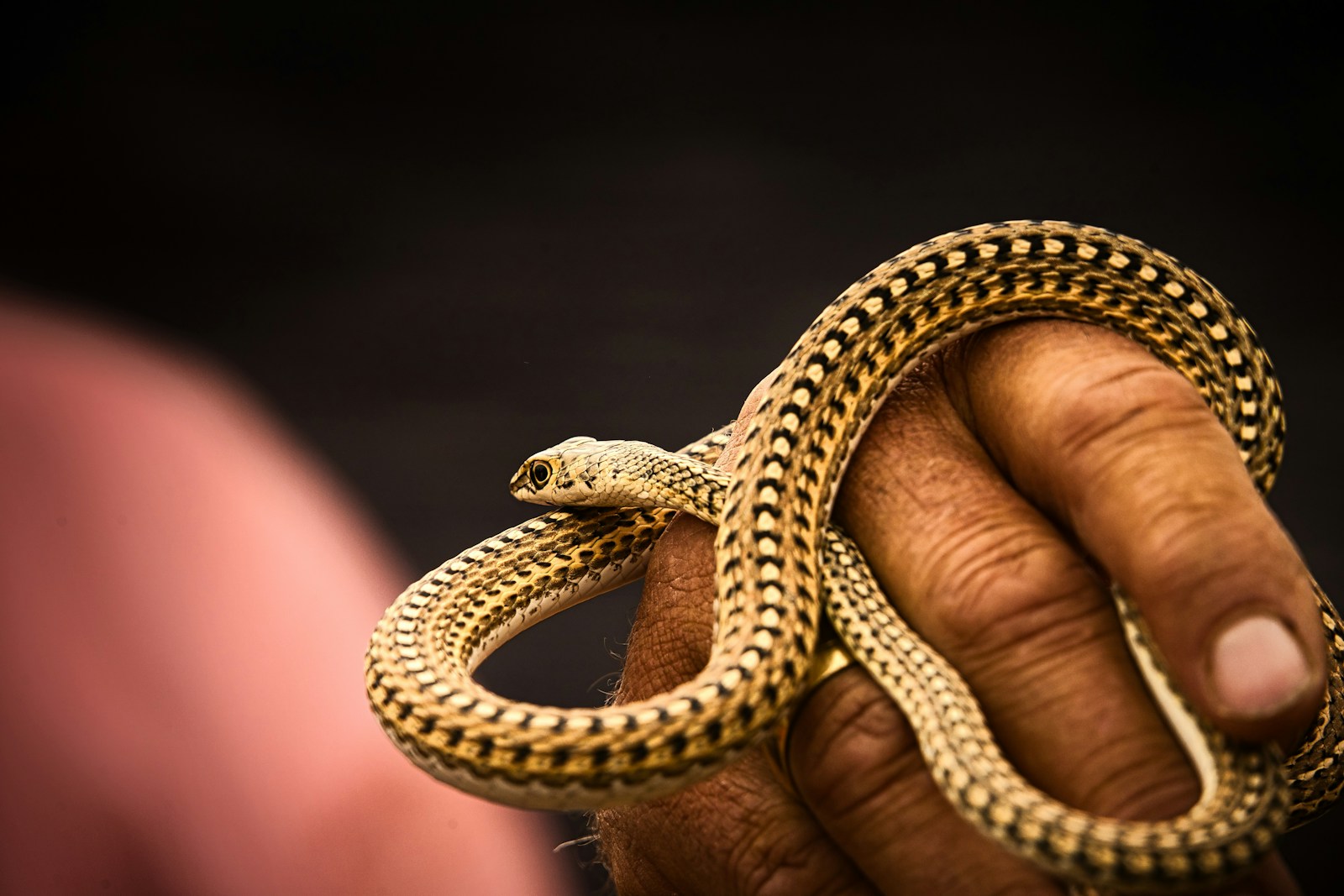
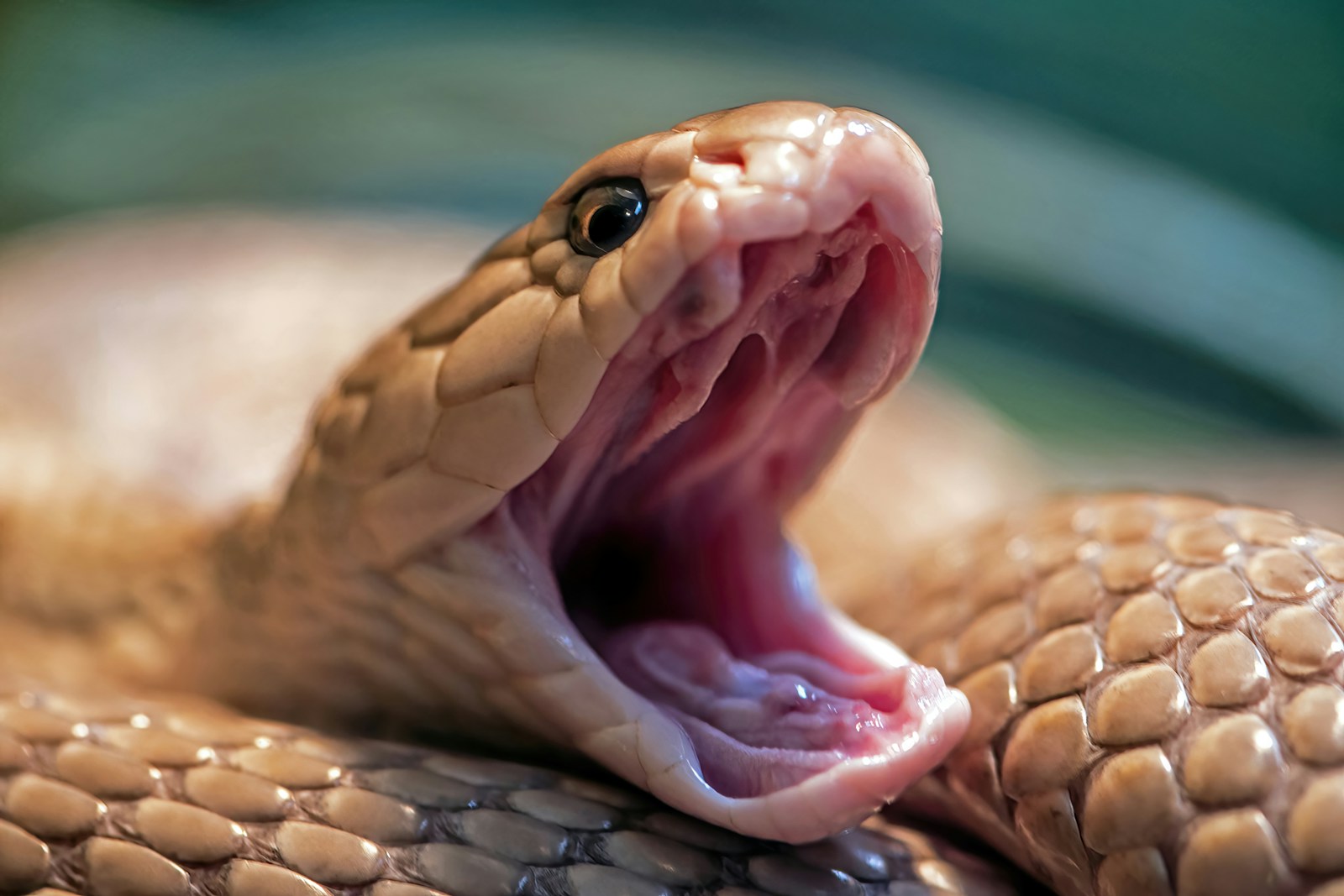


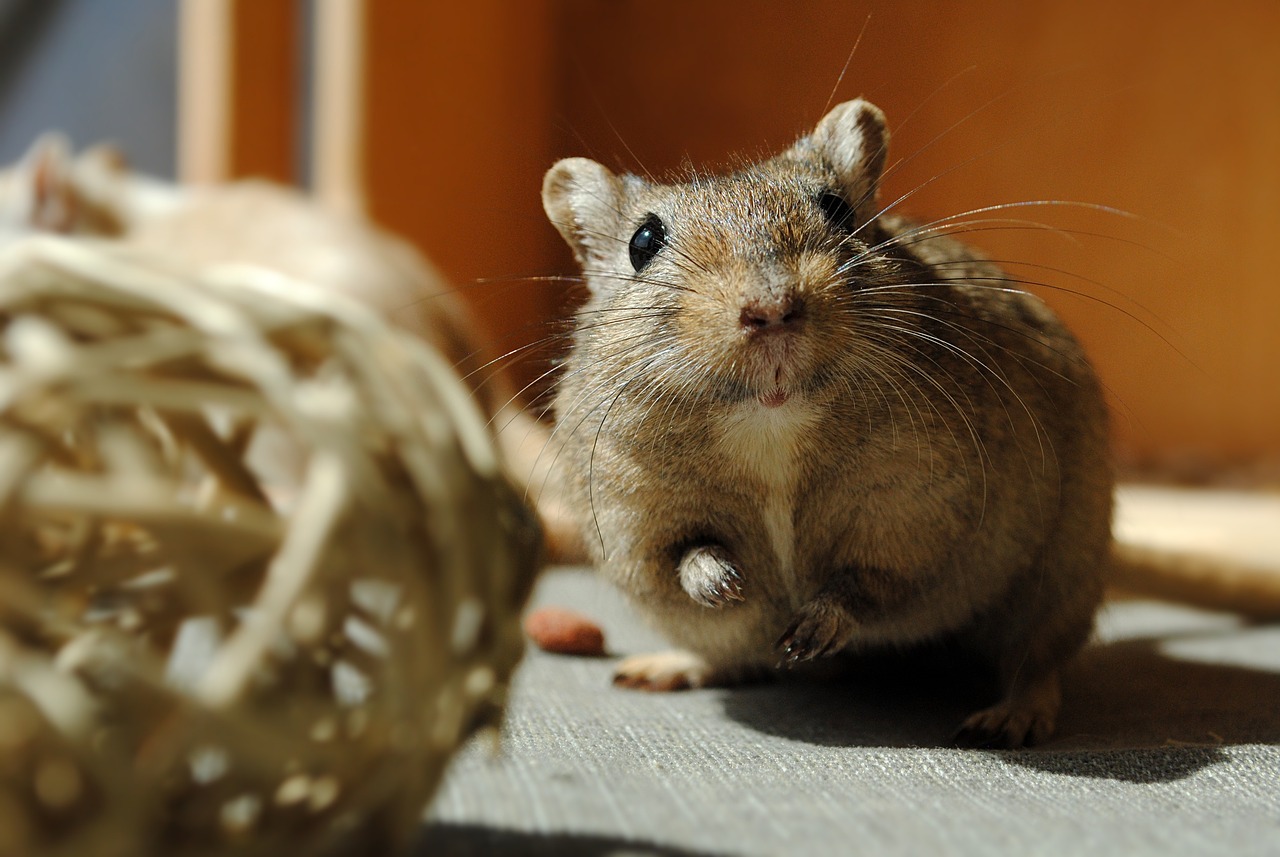


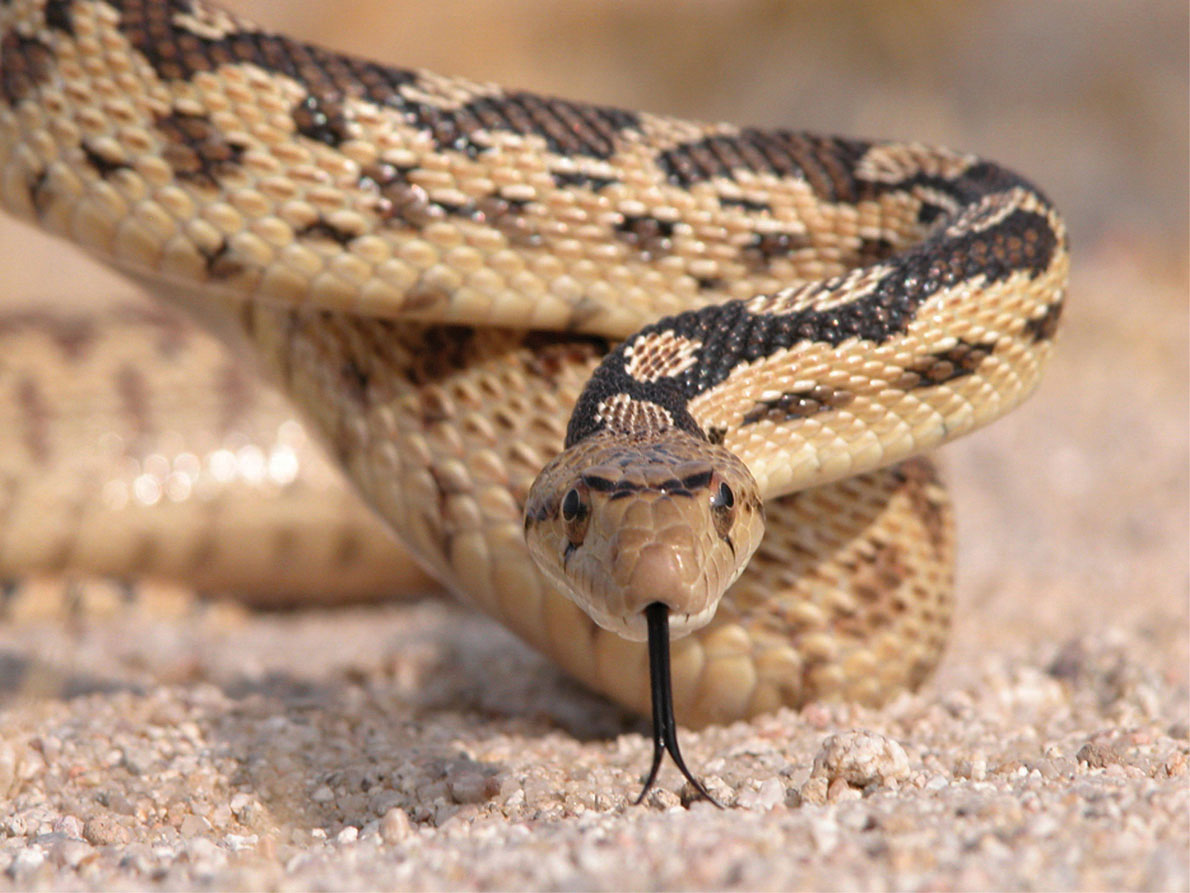
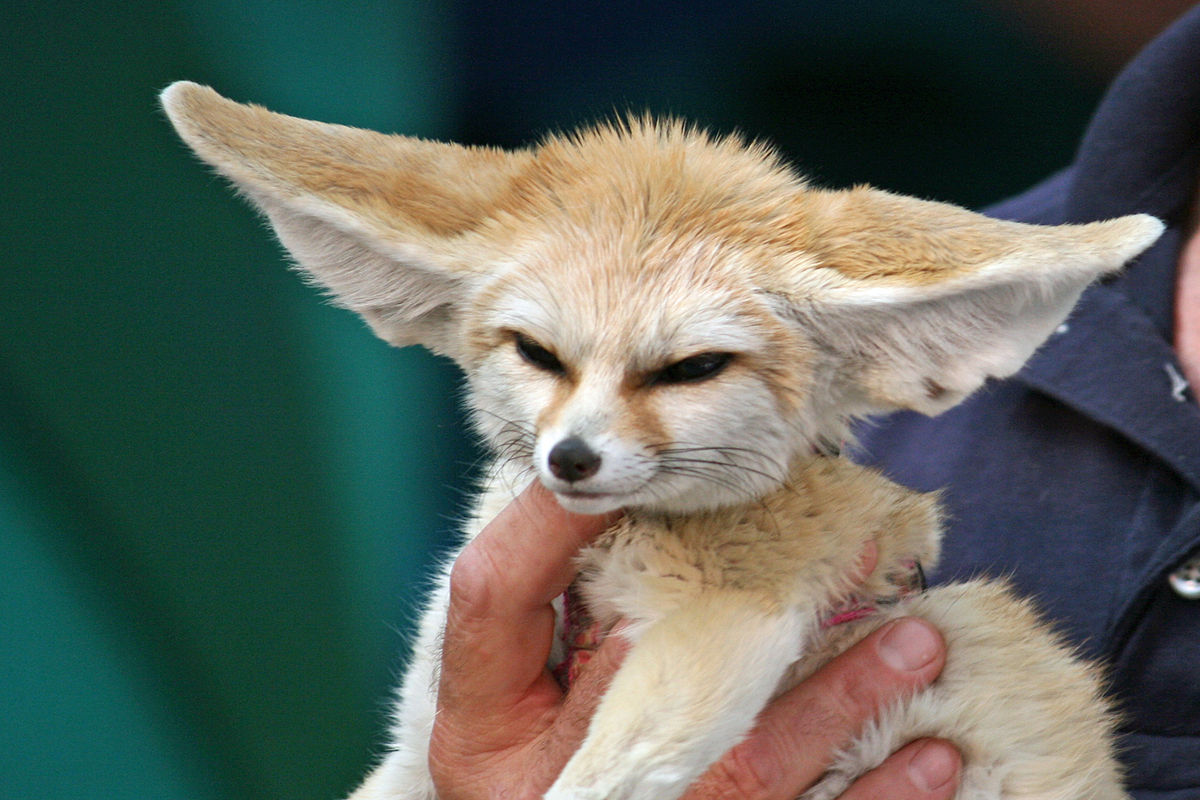






Leave a Reply